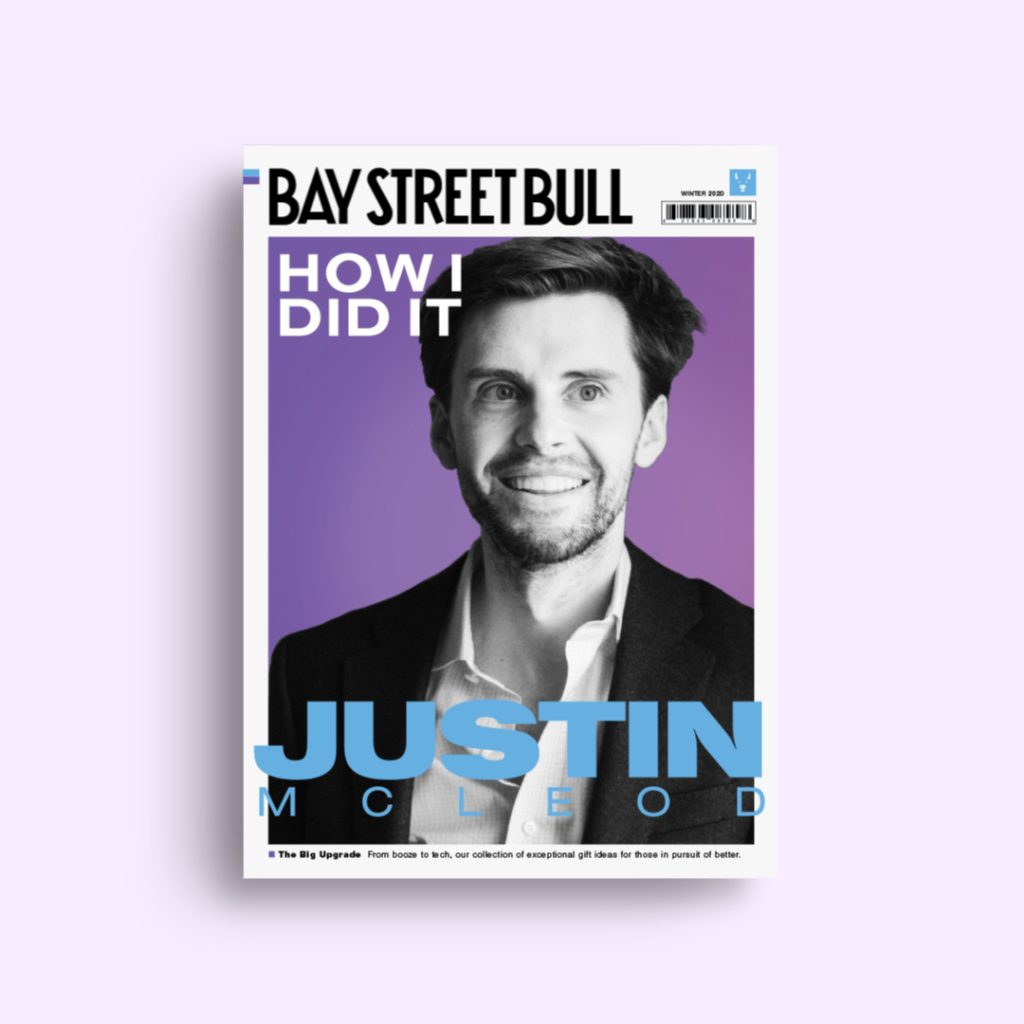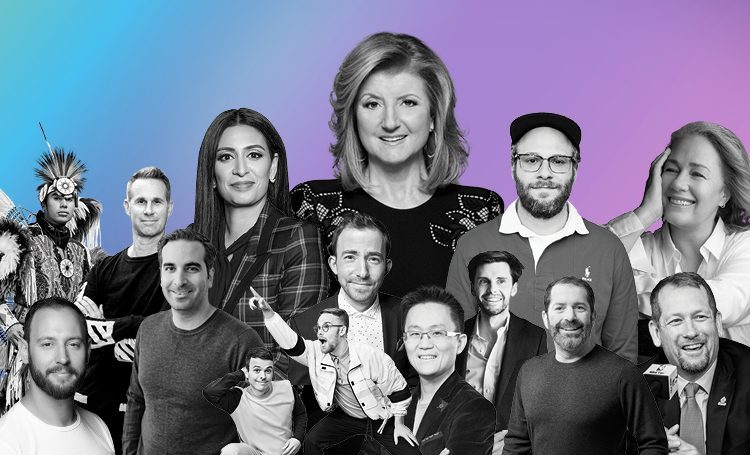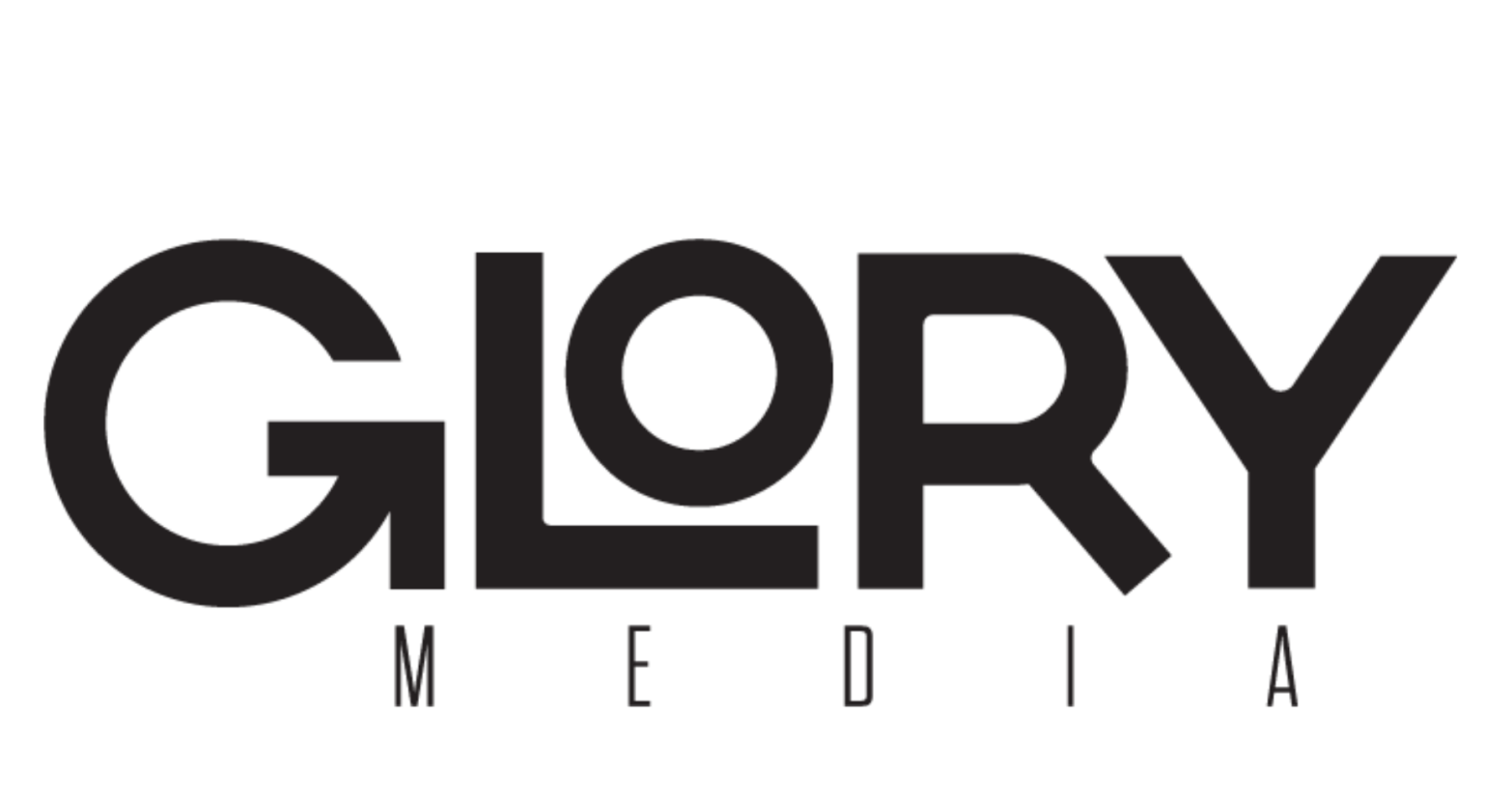
How Hinge CEO Justin McLeod Used Data to Crack the Code on Dating
Prefer to listen to our podcast interview with Justin McLeod instead? Listen here.
If you ask Justin McLeod, founder and CEO of Hinge, online dating is in its third phase.
The first phase took place in the early days of the Internet, when online dating was primarily the domain of introverts—let’s just say, those who’d exhausted other options. The second phase, which began in the mid-aughts, involved the mainstreaming of online dating as apps like Tinder, Bumble, and, indeed, Hinge—all marketed primarily to millennials—populated the smartphones of a younger demographic who grew increasingly comfortable with meeting strangers on the Internet. Now, as online dating is more the norm than the exception, and adoption is no longer the goal for developers, we’re entering phase three, where the apps themselves need to adapt to a more competitive playing field, or die.
“[A dating app] is not designed for simplicity and ease of adoption anymore,” McLeod says. “It’s really designed for effectiveness and efficiency.”
For Hinge, which markets itself as “the dating app designed to be deleted” (which is to say, it works so well, you’ll be off the market in no time) that effectiveness and efficiency has always been driven by data to improve the user experience. From carefully designed prompts that require users to fill out their profiles thoughtfully to algorithms that recommend users based on who they’ve matched with in the past, the dating app is an experience that’s designed for meaningful connection.

Hinge CEO Justin McLeod
If you’re looking for validation, you’ll have a bunch of filtered selfies and short answers [in your dating profile,]” McLeod says. “We find that’s just really not effective. What people really want, what draws people toward intimacy, is a sense of vulnerability. That doesn’t mean totally laying everything out but giving a sense of the interesting parts about you that require a little bit of courage to put out there.”
Hinge has taken a step with data-driven dating that puts it in a different league than that of its competitors with its recently launched Hinge Labs, whose sole purpose is analyzing user behaviour to help more users match with suitable partners.
But the idea, McLeod says, is not for Hinge to change itself. “The difference between Hinge Labs and typical product research that we do is that our product research is designed around [determining] what we need to learn in order to change our product, to make it more effective,” McLeod says. “Hinge Labs is actually looking at what users need to do differently in order to make themselves more effective. Because really, in some ways there’s only so much that we can do as just a product and a user interface.”
RELATED: How Wattpad CEO Allen Lau Used Diversity and AI to Redefine What Stories Get Told
Hinge Labs analyzes data from the profiles of users who matched and started relationships, uses a proprietary survey called “We Met” to gather data about successful (or not so successful) dates, and runs small experiments on the app to see“which small changes to the app empower users to find love.”
“Our goal with Hinge Labs is to really be a data-driven resource in terms of what works when it comes to dating on a dating app,” McLeod says. “And that’s actually just getting warmed up.”
Eventually, Hinge Labs will release its findings to its user base in order for them to better tailor their profiles—from written answers, to Hinge’s profile-filling prompts, to more mate-attracting selfies — according to data. For now, Hinge Labs has only one piece of analytic offering for users: information on how effective video-dating has been during the COVID-19 pandemic (spoiler: apparently it works—43 percent of Hinge users who’ve video-dated are ready to DTR, or “define the relationship” with someone they’ve only met over video.)
RELATED: Bumble CEO Whitney Wolfe Herd is On A Mission to End Misogyny
“People are becoming a lot more intentional about their dating lives,” McLeod says. “I think people are really taking this moment to reflect and figure out what’s actually important to them. A lot of them are realizing that they really do want partnership. And, actually, we’re seeing that play out in the data.”




